Hundreds of homes in Torry affected by Raac could be knocked down and replaced at a cost of £130 million.
A long-awaited study reveals that demolition of the 372 council and private buildings is recommended by experts as the best way forward.
The move will hit 504 addresses in the area, of which 366 are council properties and the remaining 138 are privately owned.
But, new social housing would be constructed in their place.
Aberdeen City Council could be expected to fork out an estimated £130,566,700 for the entire project.
The crucial report, carried out by AtkinsRéalis, will be considered by councillors next week.
It comes following months of disruption and uncertainty for residents, who learned their homes had the worrying material back in February.
And the latest update also reveals that “legal action” could be launched against any tenants refusing to budge despite being given “reasonable offers”.
Why is demolition the best option?
Fears over the bubbly material, widely used in construction between the 1950s and 1990s, were raised as roofs containing it began to collapse elsewhere in the UK.
The Torry Raac roof panels were found to be “high-risk” following various investigations and inspections.
Cracking of slab panels and water damage were found during the surveys – which raised serious concerns.
Aberdeen City Council is moving its tenants out to ensure their safety.
According to the report, knocking down the Raac properties will allow the council to build modern standard homes that meet current building standards.
It claims that the design of the new properties would create a “modern vibrant environment” and go towards regenerating Balnagask and Torry.
Meanwhile, the mix of new homes can be designed to meet the council’s existing housing waiting list.
What are the disadvantages?
But, it is the most expensive option on the table.
There is also concern there could be a delay in completing the process due to negotiations needed with private owners.
A masterplan would be needed for the new housing estate that would take time to get through the planning process.
It is estimated that rebuilding the area could take several years to complete.
Should councillors agree to press ahead with demolition and rebuilding, Balnagask could be flattened by 2028.
The final rebuild phase is estimated to be finished by August 2033.
Finally, the report mentions that the Torry community would be hugely affected by the process.
Various services, schools, shops and businesses that rely on its residents would feel the impact from hundreds moving elsewhere in the city.
What does it mean for Torry residents?
For the moment, offers of alternative accommodation will continue to be given to ensure council tenants can be rehomed by the end of the year.
The local authority will look to start legal action if any tenants have refused to move despite being given “reasonable offers”.
To date, 151 new leases have been signed.
Council officers will look to hold discussions with those who own their Raac affected homes and acquire the properties at their market value.
The local authority is willing to pay “reasonable” legal costs, along with home less and disturbance payments to owners.
Rehoming support will also be given.
Meanwhile, the council will look at compulsory purchases if that option needs to be used.
Read more
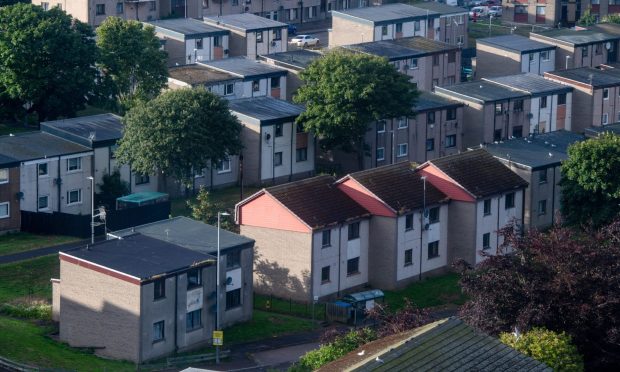
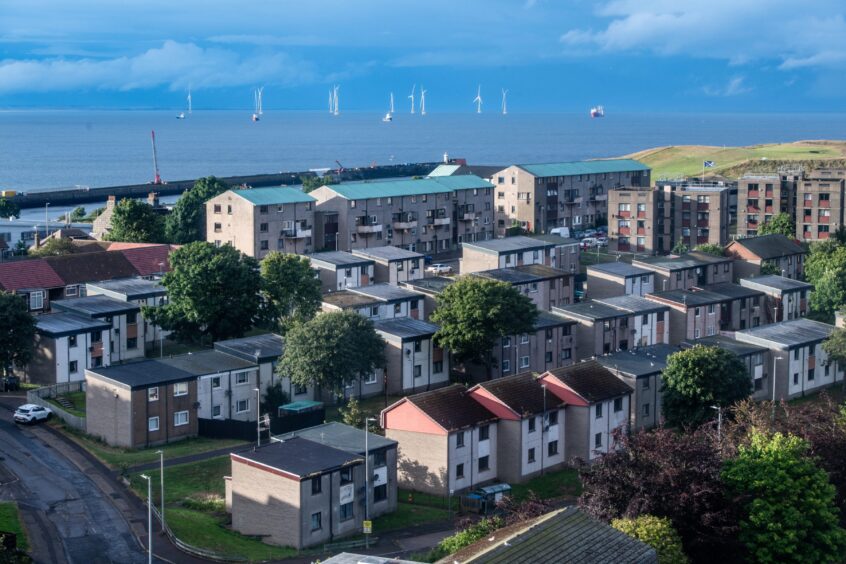
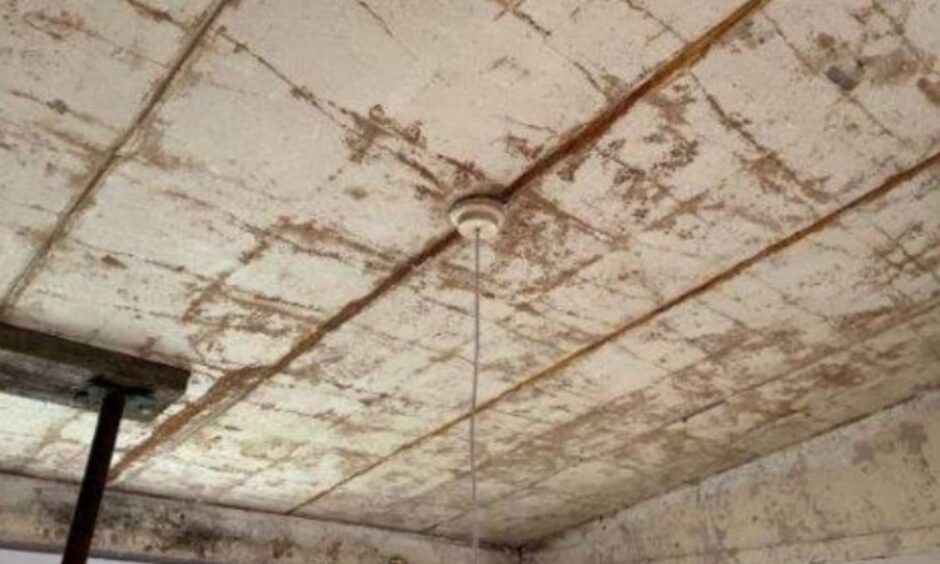
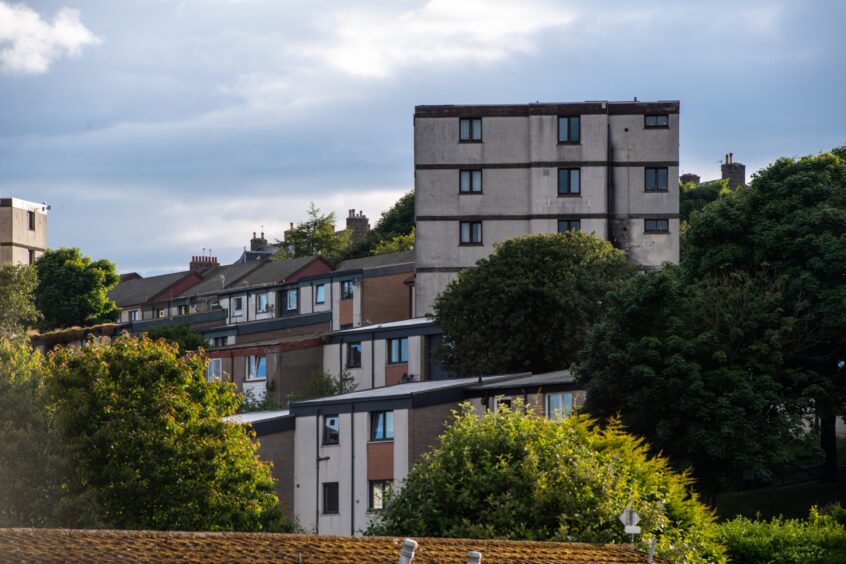
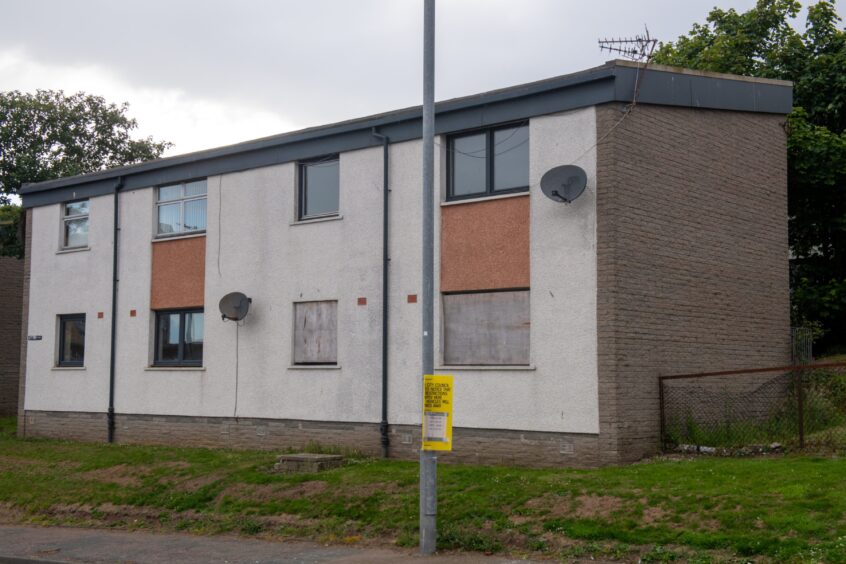
Conversation